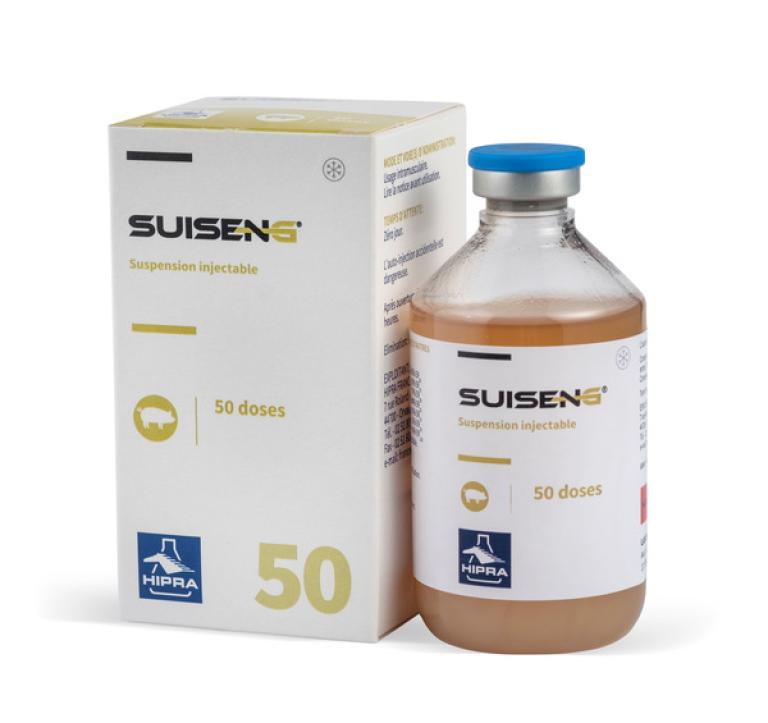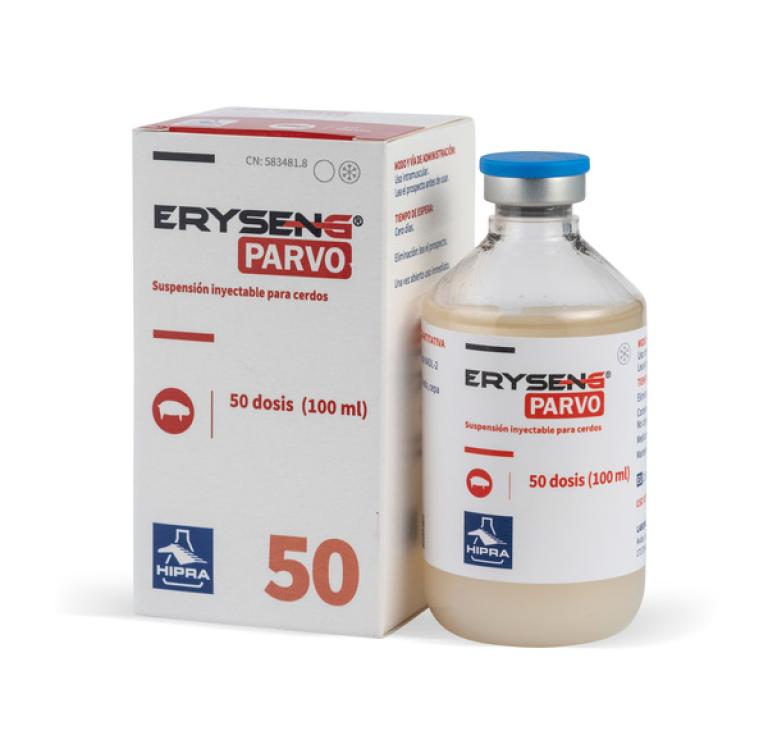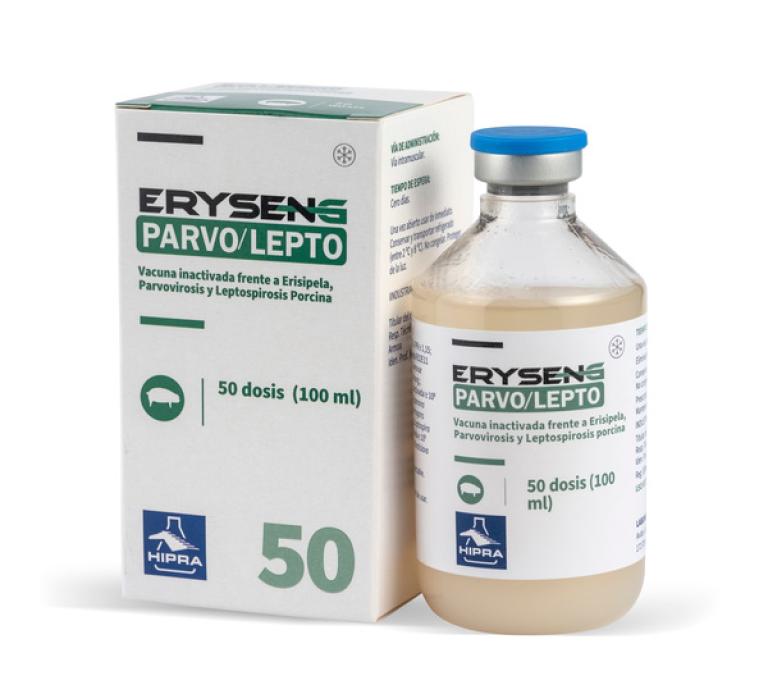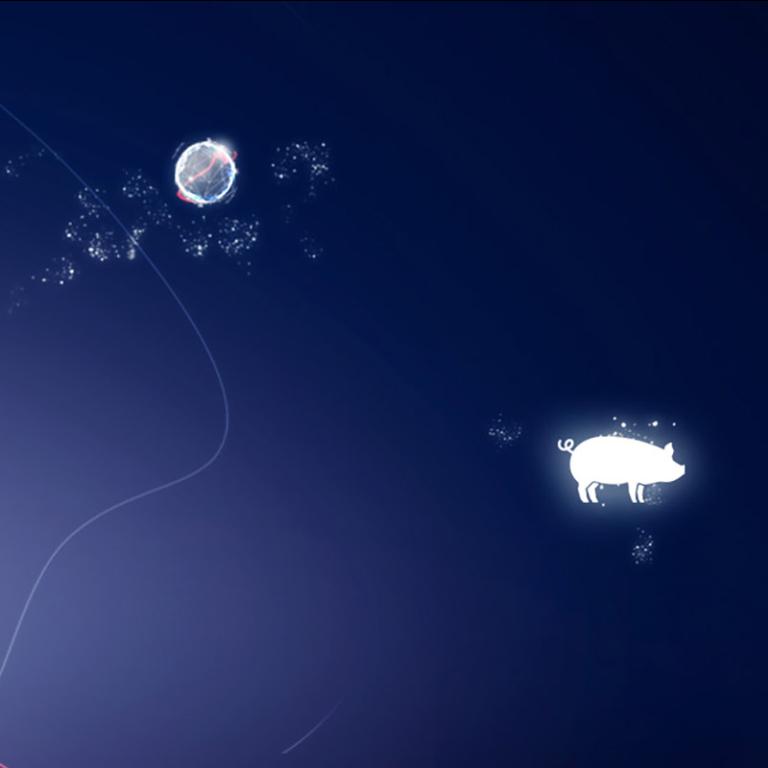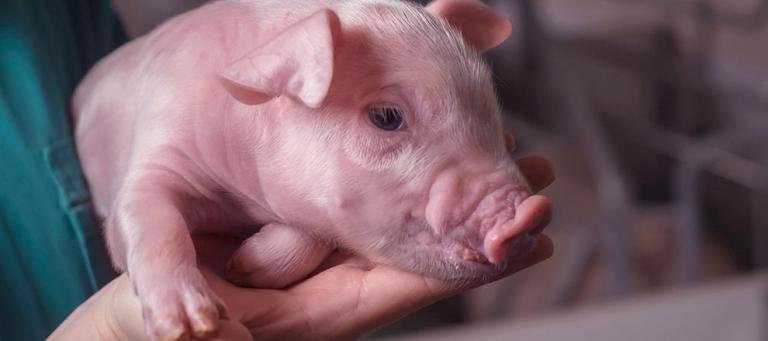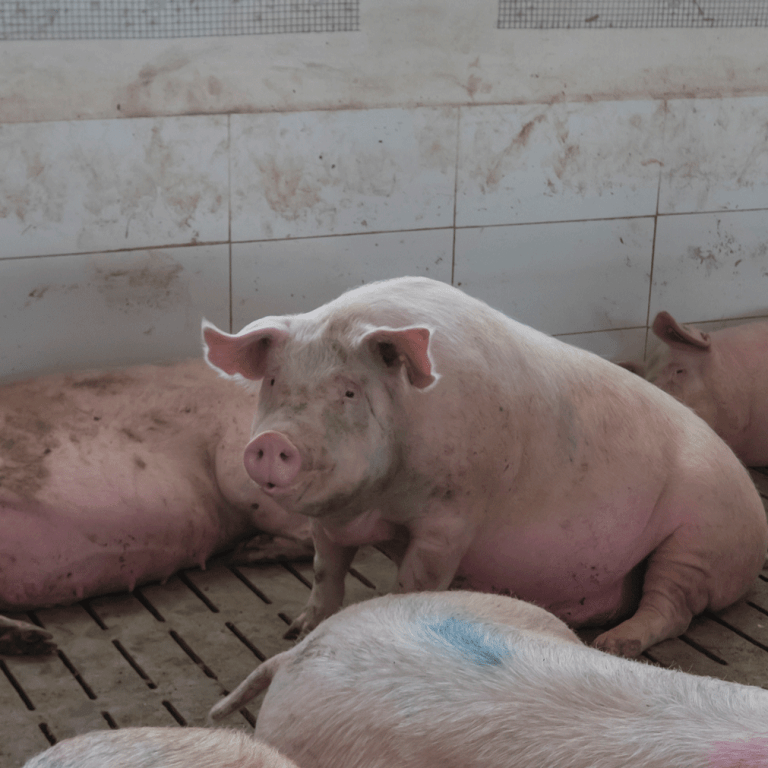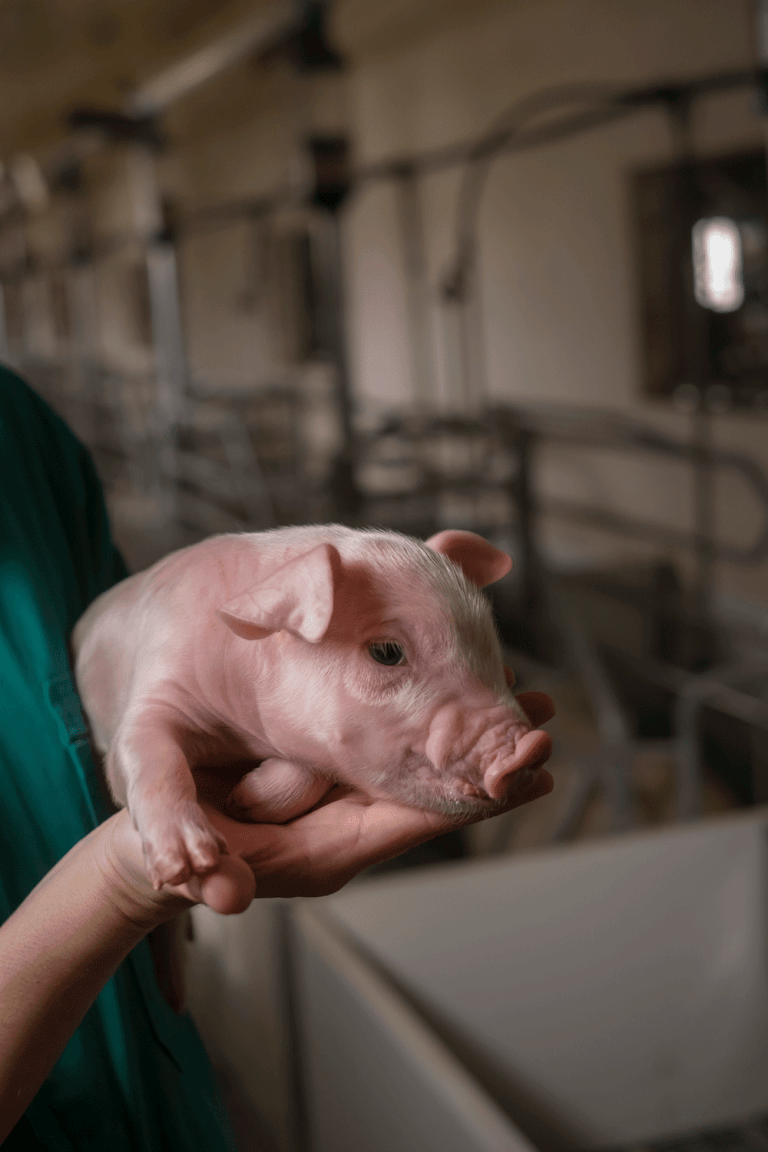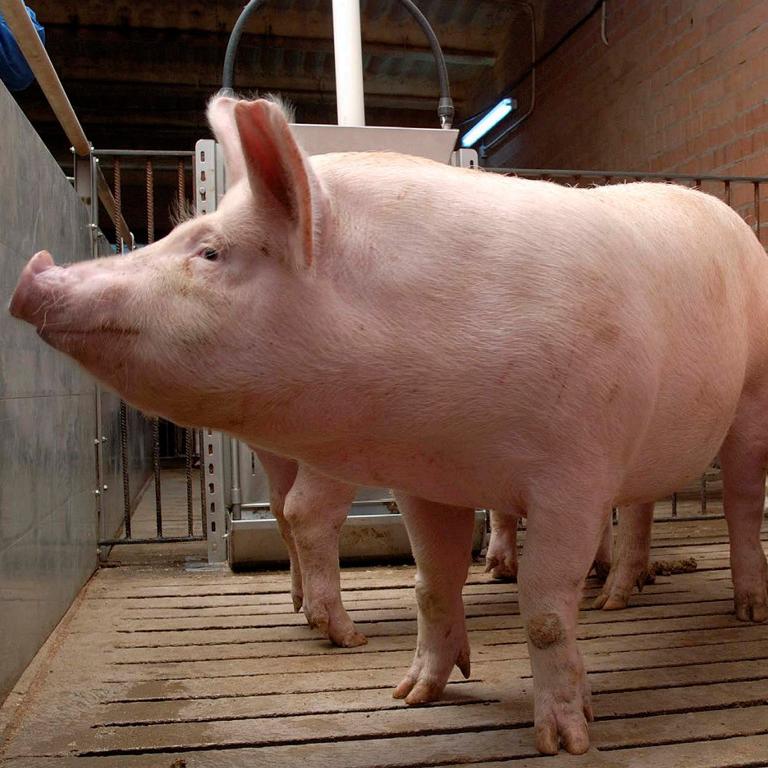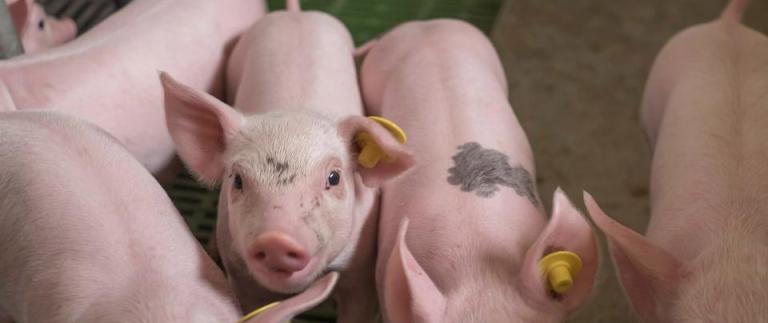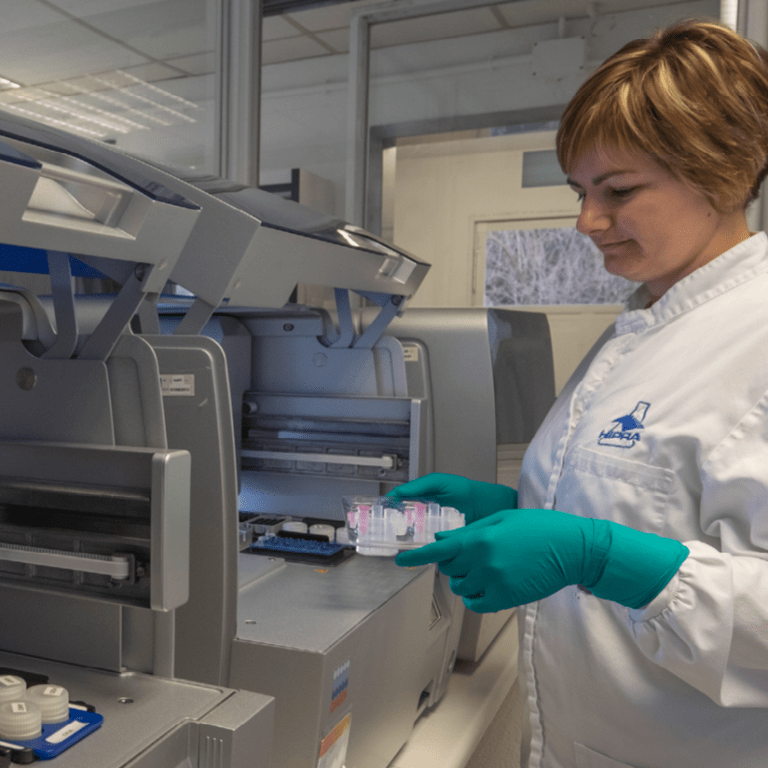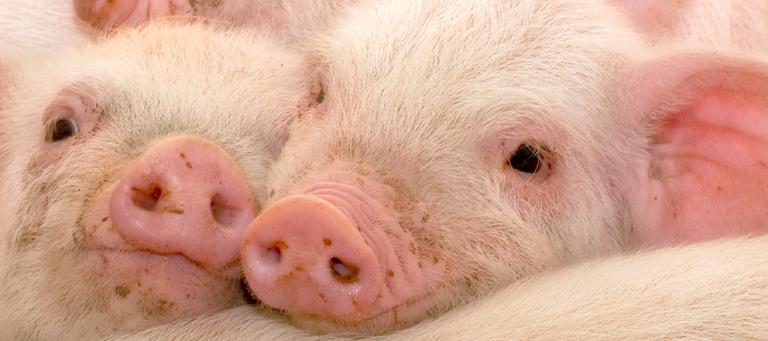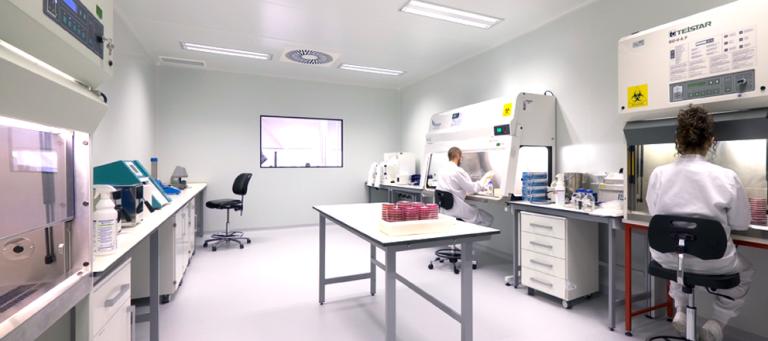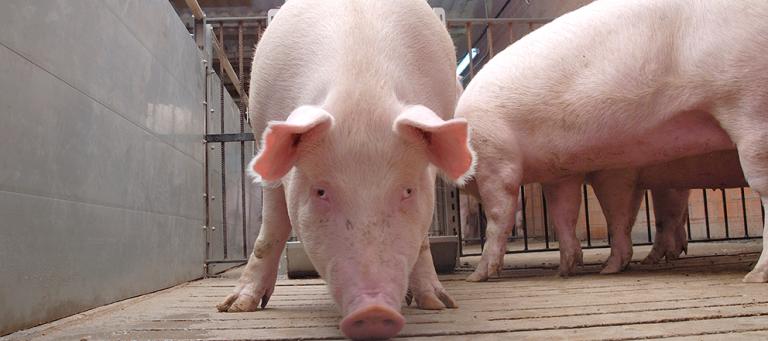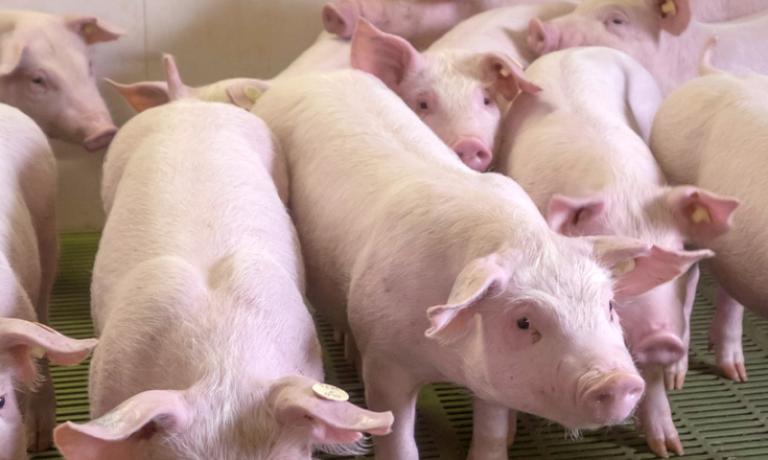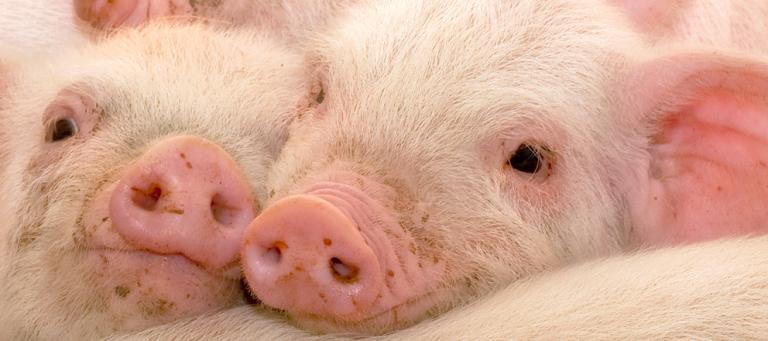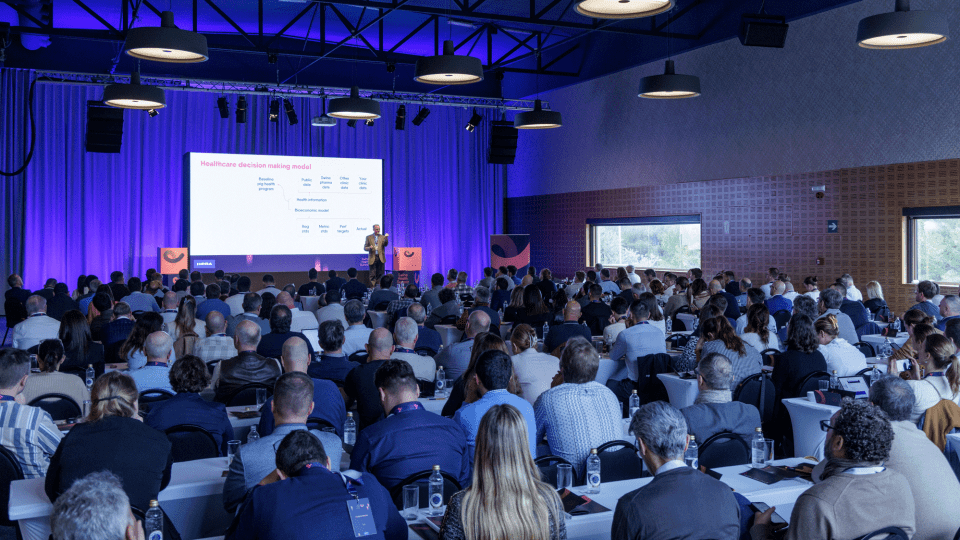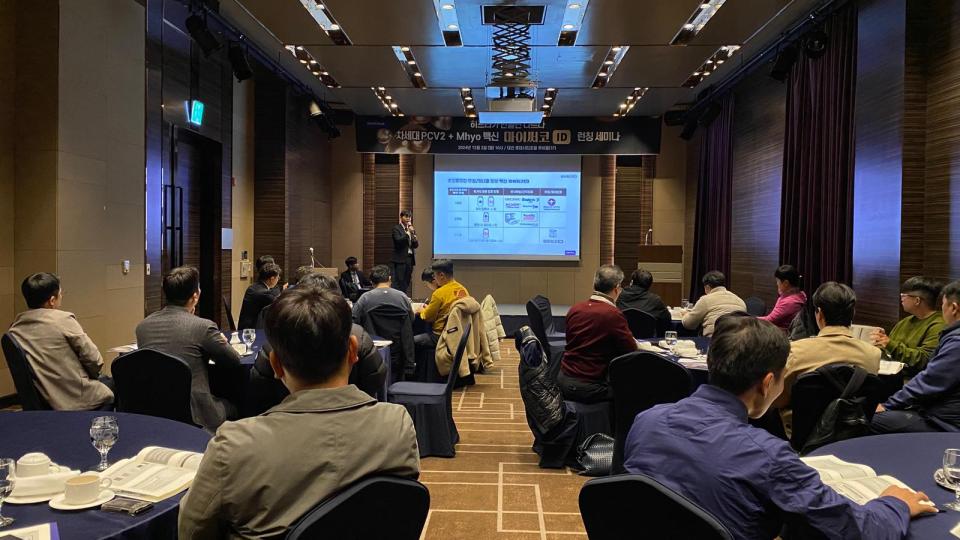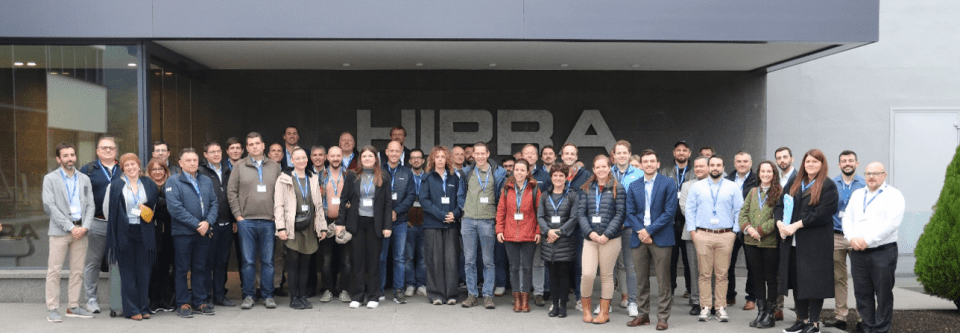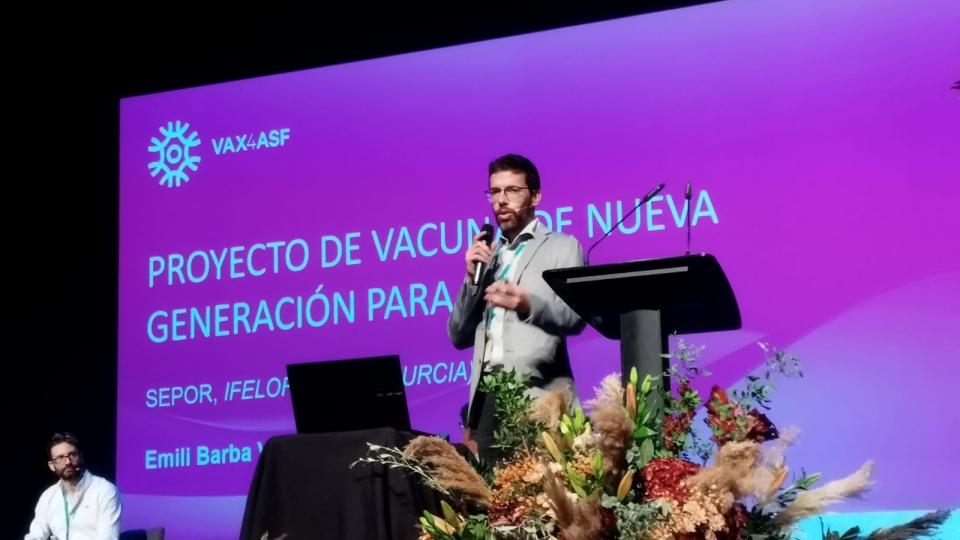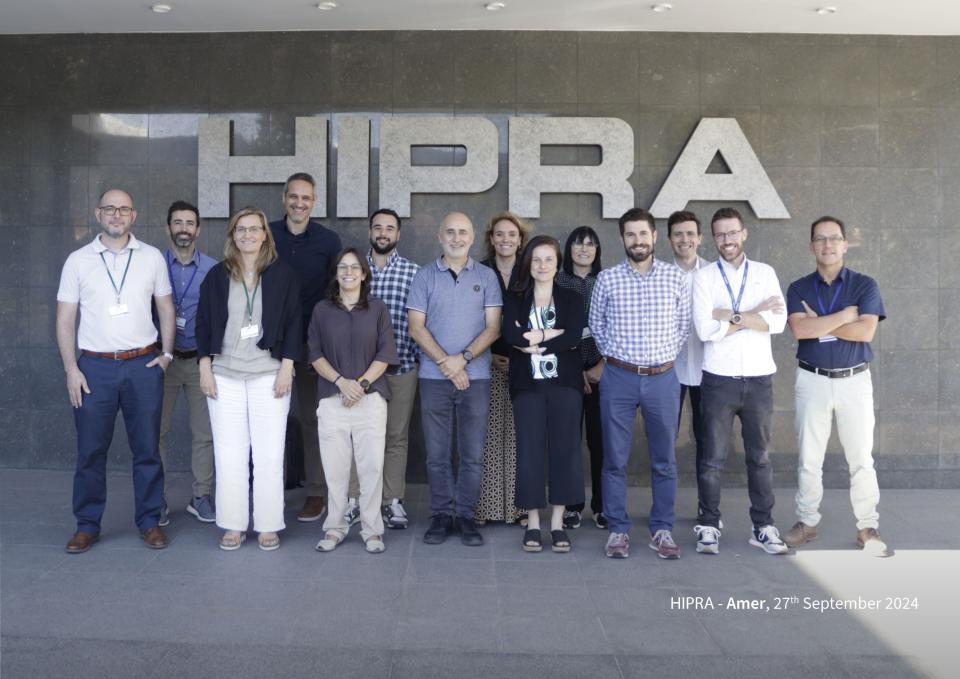Hypotheses that could explain this phenomenon:
- Modulation in the expression of immunologically relevant cell-surface molecules and poor cytokine stimulation. As seen above, the PRRS virus immune dysregulation on APCs can interfere with the correct development of both Th1 and Th2 responses. This could lead to delayed mobilisation of adaptive immunity cells and, consequently, slow production of NAs.
- Existence of a decoy epitope. An immunodominant non-neutralising epitope is located near a neutralising epitope. An early and strong humoral response would occur first against the immunodominant epitope, whereas the response against the epitope that induces the production of NAs would appear much later.
- Glycosylation in or flanking neutralising epitopes. Membrane proteins are often modified with chains of sugars, known as Glycans. N-glycans are the kind of glycans that can be found in PRRS virus. The presence of these N-glycans in or flanking neutralising epitopes can act as a shield that could mask these epitopes and may interfere with the avidity and specificity of antibodies. The pattern and number of these glycosylations vary among PRRS virus isolates. Several potential glycosylation sites have been observed: up to 6 in GP3; up to 4 in GP4; and up to 4 in GP5 (3 in type 1 and 4 in type 2). Interestingly, studies using field strains and their deglycosylated mutants have demonstrated that titres of NAs are higher in pigs inoculated with mutants, and also that these mutants are more susceptible to neutralisation by preformed NAs.
Diagram showing the hypothesis based on the existence of a decoy epitope. Epitope A would induce a robust and rapid non-neutralising humoral response, while neutralising-antibody production against epitope B would be low and delayed.

Diagram showing how N-glycans may act as a shield and interfere with antibody attachment/recognition. In the example, the presence of N-glycans in or flanking neutralising epitope in strain 1 acts as a shield for the preformed antibody.





